Tungsten
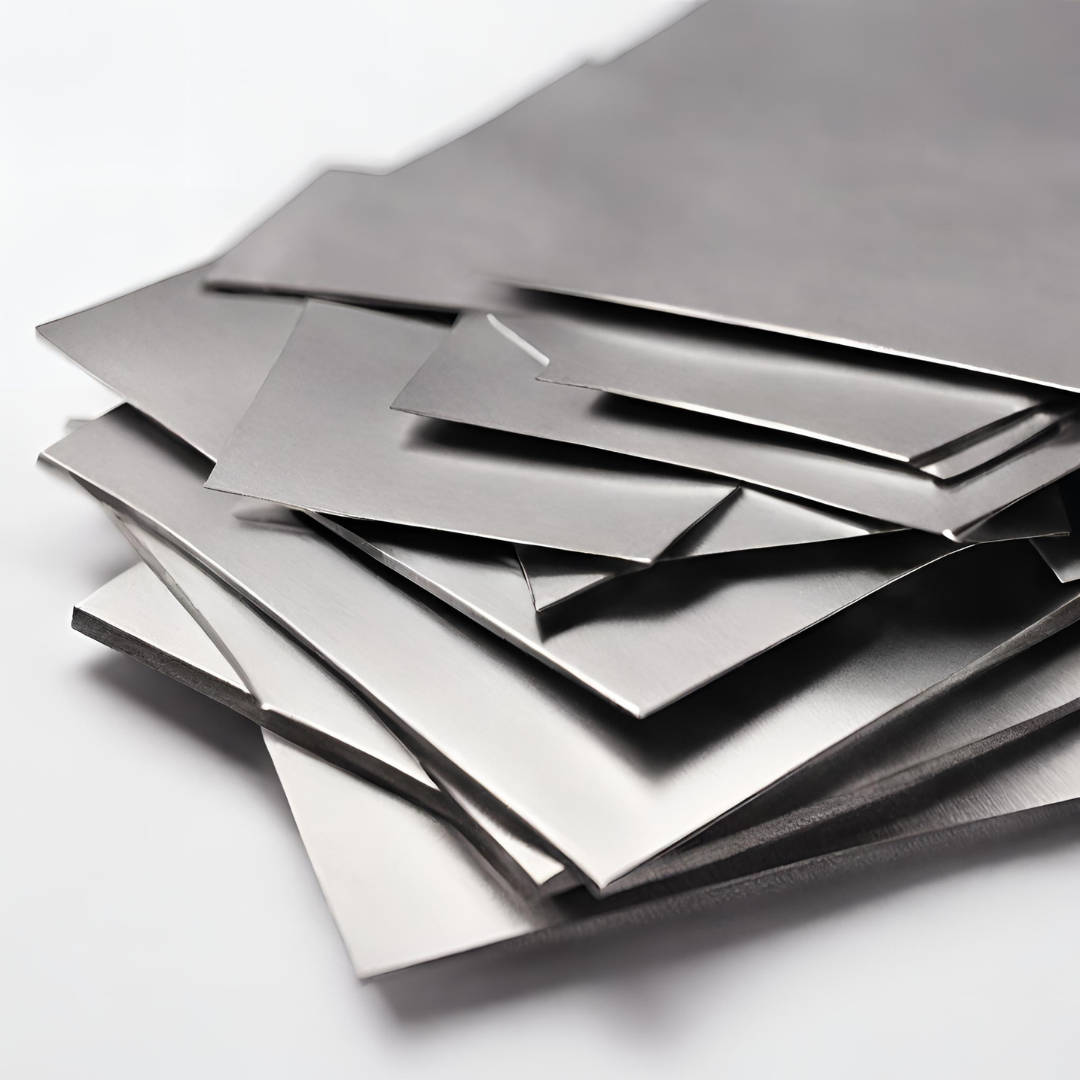
Physical Properties
- Atomic Number: 74
- Atomic Weight: 183.84 u
- Density: 19.25 g/cm³
- Melting Point: 3422°C (6192°F)
- Boiling Point: 5555°C (10031°F)
- Crystal Structure: Body-Centered Cubic (BCC)
- Color: Grayish white
Chemical Properties
- Oxidation States: +6 (most common), +4, +3, +2
- Electronegativity: 2.36 (Pauling scale)
- Reactivity: Tungsten is relatively inert at room temperature but can react with oxygen and other elements at high temperatures.
- Corrosion Resistance: Excellent resistance, especially at high temperatures.
Overview
Tungsten (W) is a chemical element with the atomic number 74, located in group 6 of the periodic table. It is well-known for having the highest melting point and tensile strength of all metals. Discovered in 1781 by Carl Wilhelm Scheele, tungsten is primarily found in minerals such as scheelite and wolframite.
Uses of Tungsten
Tungsten’s exceptional properties make it indispensable in various industrial, military, and high-tech applications, particularly where high temperature and strength are required.
Metallurgical Applications
- Tungsten Carbide: Used extensively in cutting tools, mining equipment, and wear-resistant materials due to its hardness.
- Alloys: Tungsten is alloyed with steel to improve hardness, strength, and wear resistance.
Electronics & Electrical Applications
- Filaments: Tungsten filaments are used in light bulbs and electronic tubes due to their high melting point and good electrical conductivity.
- Semiconductors: Tungsten is used in the production of semiconductor materials and integrated circuits.
Aerospace & Military Applications
- Aerospace Components: Tungsten’s high-temperature resistance makes it suitable for use in aerospace components, including rocket nozzles and turbine blades.
- Armaments: Used in armor-piercing ammunition and military projectiles due to its density and hardness.
Medical Applications
- Radiation Shielding: Tungsten is used for radiation shielding in medical and industrial applications due to its high density.
- Medical Devices: Tungsten is used in certain medical imaging devices.
Advantages & Disadvantages of Tungsten
Advantages
- High Melting Point: Tungsten has the highest melting point of all metals, making it ideal for high-temperature applications.
- Hardness and Strength: Exceptional hardness and tensile strength, suitable for cutting and wear-resistant applications.
- Density: High density makes tungsten useful for radiation shielding and military applications.
Disadvantages
- Brittleness: Tungsten can be brittle at room temperature.
- Cost: Tungsten is relatively expensive due to its high production costs.
- Machining Difficulty: Tungsten’s hardness makes it difficult to machine and process.
Physical & Chemical Properties of Tungsten
| Property | Value |
|---|---|
| Atomic Number | 74 |
| Atomic Weight | 183.84 u |
| Density | 19.25 g/cm³ |
| Melting Point | 3422°C (6192°F) |
| Boiling Point | 5555°C (10031°F) |
| Crystal Structure | Body-Centered Cubic (BCC) |
| Common Oxidation States | +6, +4, +3, +2 |
| Electronegativity | 2.36 (Pauling scale) |
Major Applications of Tungsten
| Application Area | Examples |
|---|---|
| Metallurgical Applications | Tungsten carbide tools, steel alloys |
| Electronics and Electrical | Light bulb filaments, semiconductors |
| Medical | Radiation shielding, medical devices |
| Aerospace and Military | Rocket nozzles, armor-piercing ammunition |
Tungsten is a critical metal in various high-tech, industrial, and military applications due to its exceptional melting point, hardness, and density. Its role in metallurgical applications, particularly in tungsten carbide tools, underscores its importance in manufacturing and mining industries. In electronics, tungsten’s use in filaments and semiconductors is essential for the production of reliable and efficient devices. The aerospace and military sectors benefit from tungsten’s high-temperature resistance and density, making it suitable for components that endure extreme conditions. Despite its brittleness and high cost, tungsten’s unique properties ensure its continued demand and utilization in numerous advanced and critical applications.
Tantalum Products
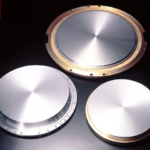
Tungsten for Thin Film
Read more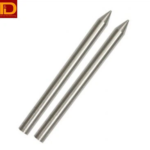
Tungsten Electrodes for TIG Welding
Read more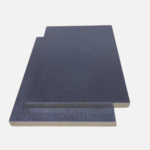
Tungsten Plates & Sheets
Read more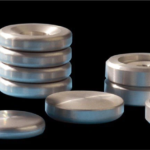
Tungsten Rivets and Discs
Read more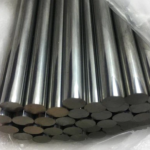
Tungsten Rods
Read more
Tungsten Wire for Halogen Lamp
Read more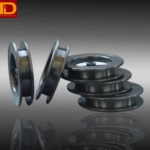
Tungsten Wire
Read more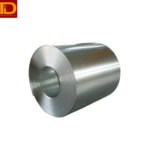
Tungsten Ribbon
Read more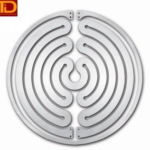
Tungsten Rhenium MOCVD Heater
Read more
Tungsten Rhenium Thermocouple Wire
Read more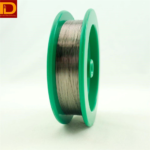
Tungsten Pins for Probing
Read more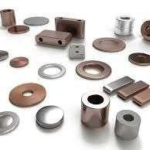
Tungsten Contacts
Read more
